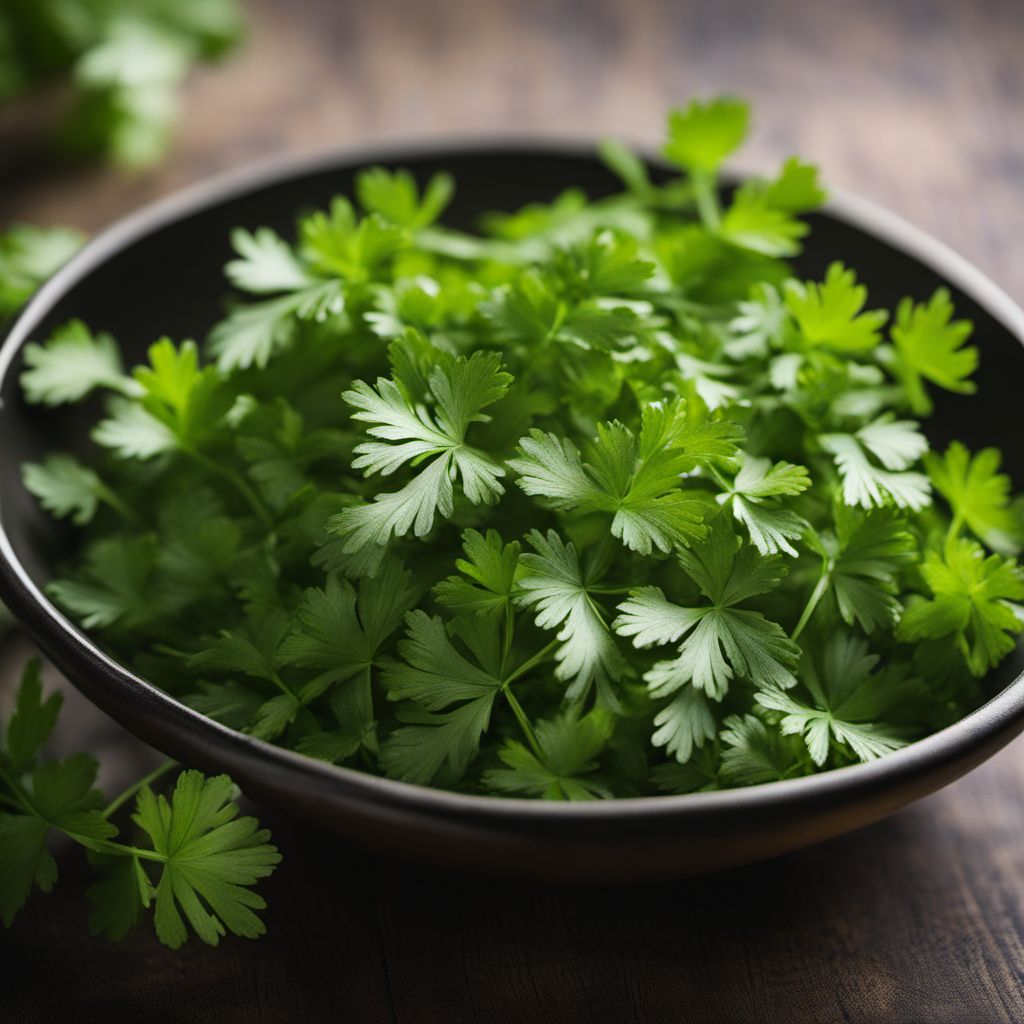
Ingredient
Coriander leaves
The Vibrant Herb: Unveiling the Magic of Coriander Leaves
Coriander leaves are delicate, feathery green leaves that grow from the coriander plant. They have a distinct aroma and a refreshing, citrusy flavor. The leaves are soft and tender, with a slightly crunchy texture. They are often used as a garnish or added to dishes just before serving to enhance their flavor and visual appeal. Coriander leaves are known for their bright green color and can vary in size, with some leaves being small and others larger and more elongated.
Origins and history
Coriander leaves have a rich history dating back thousands of years. They are native to the Mediterranean region and have been used in cooking since ancient times. Coriander leaves were highly valued in ancient Egypt and were even found in the tomb of Tutankhamun. They were also popular in ancient Greece and Rome, where they were used both as a culinary herb and for medicinal purposes. Over time, coriander leaves spread to other parts of the world and are now an integral part of many cuisines, including Indian, Mexican, Thai, and Middle Eastern.
Nutritional information
Coriander leaves are low in calories and rich in vitamins and minerals. They are a good source of vitamin C, vitamin K, and potassium. They also contain antioxidants and have been associated with various health benefits, including improved digestion and reduced inflammation.
Allergens
Some individuals may be allergic to coriander leaves, experiencing symptoms such as itching, hives, or difficulty breathing. It is important to be cautious if you have known allergies to other herbs or spices.
How to select
When selecting coriander leaves, look for bunches with vibrant green leaves that are fresh and crisp. Avoid leaves that are wilted, yellowing, or have a slimy texture. The stems should be firm and not dried out. Additionally, check for any signs of pests or damage.
Storage recommendations
To keep coriander leaves fresh, trim the stems and place them in a glass of water, covering the leaves with a plastic bag. Store them in the refrigerator, changing the water every few days. Alternatively, you can wrap the leaves in a damp paper towel and place them in a resealable bag in the refrigerator. Proper storage will help maintain their freshness for up to a week.
How to produce
Coriander leaves can be easily grown at home in a sunny spot or in a pot on a windowsill. Sow the seeds in well-draining soil and keep them moist. The leaves can be harvested once they reach a suitable size, usually within a few weeks.
Preparation tips
Coriander leaves are best used fresh and are often added to dishes as a finishing touch. They can be chopped and sprinkled over salads, soups, curries, or stir-fries. The leaves can also be blended into sauces, chutneys, or marinades to add a vibrant flavor. To maximize their flavor, add coriander leaves towards the end of the cooking process.
Substitutions
If coriander leaves are not available, parsley can be used as a substitute, although it has a milder flavor. Another option is using mint leaves, which will add a refreshing twist to dishes.
Culinary uses
Coriander leaves are widely used in various cuisines. They are a key ingredient in Indian chutneys, Mexican salsas, Thai curries, and Middle Eastern salads. They are also commonly used as a garnish for tacos, soups, and grilled meats. The leaves can be added to marinades, dressings, and sauces to enhance their flavor.
Availability
Coriander leaves are commonly available in most grocery stores and supermarkets worldwide. They are also cultivated in many countries, including India, Mexico, Thailand, and the Mediterranean region.
More ingredients from this category » Browse all

Sorrel
The Tangy Herb: Unveiling the Secrets of Sorrel

Herb of grace
The Divine Herb: Unveiling the Secrets of Herb of Grace

Pimpernel
The Scarlet Beauty: Pimpernel's Vibrant Flavors
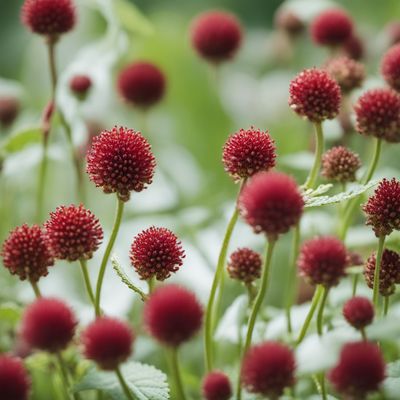
Burnet
The Herb of Coolness
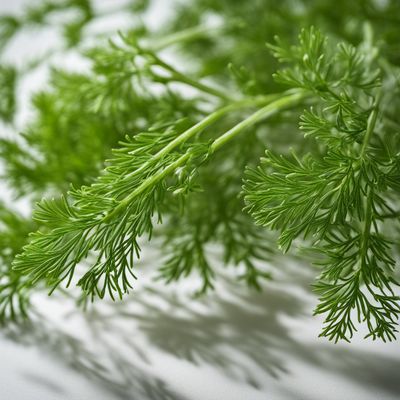
Dill leaves
The Delightful Herb: Dill Leaves
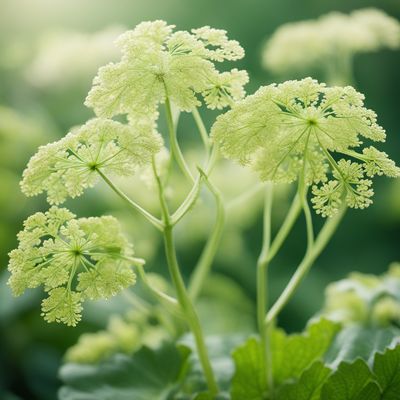
Angelica (leaves and stems)
The Heavenly Herb

Lovage leaves
The Herbaceous Elixir

Fennel leaves
The Fragrant Herb: Unveiling the Delights of Fennel Leaves

Fenugreek leaves
Aromatic Herbaceous Delight
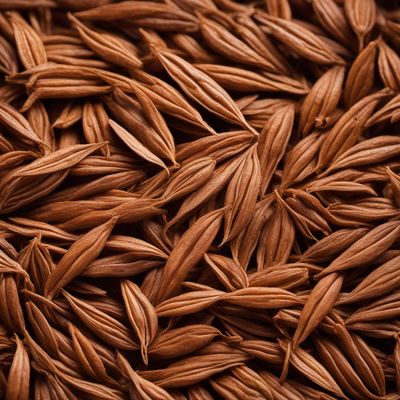
Caraway leaves
The Aromatic Herb: Unveiling the Secrets of Caraway Leaves

Celery leaves
The Unsung Heroes: Exploring the Versatility of Celery Leaves

Culantro leaves
The Vibrant Herb: Culantro Leaves
Recipes using Coriander leaves » Browse all

Balochi Spicy Cuy Stew
Fiery Delight: Balochi Spicy Cuy Stew

Georgian-Style Tama with Walnut Sauce
Savory Georgian Tama: A Nutty Delight
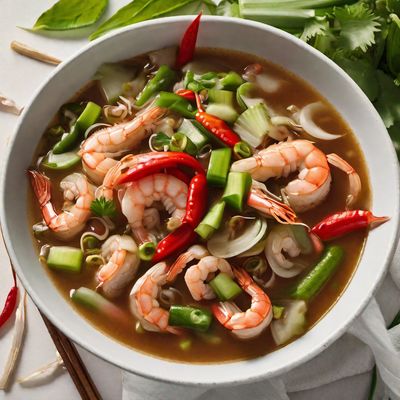
Sichuan-style Spicy Gumbo
Fiery Fusion: Sichuan-inspired Gumbo with a Kick
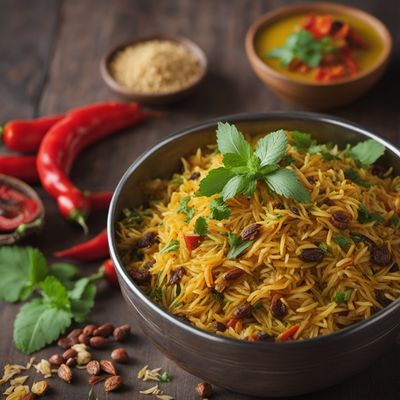
Sindhi Biryani with a Twist
Spicy and Fragrant Sindhi Biryani Infused with Rich Pakistani Flavors
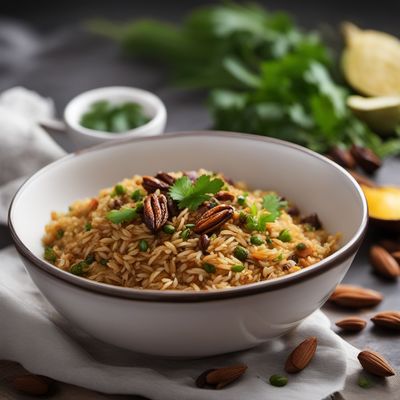
Saudi Spiced Rice with Meat and Nuts
Arabian Delight: Fragrant Spiced Rice with Savory Meat and Crunchy Nuts

Egyptian Spiced Fava Beans with Fresh Herbs
Savor the Flavors of Egypt: Fragrant Spiced Fava Beans

Thai Fish Cakes with Spicy Dipping Sauce
Fiery Thai Fish Cakes: A Burst of Flavor in Every Bite

Eggplant Delight
Spiced Eggplant Chutney: A Burst of Flavors from India

Peranakan Spiced Goat Stew
Nyonya Rendang Kambing: A Fragrant Peranakan Goat Stew
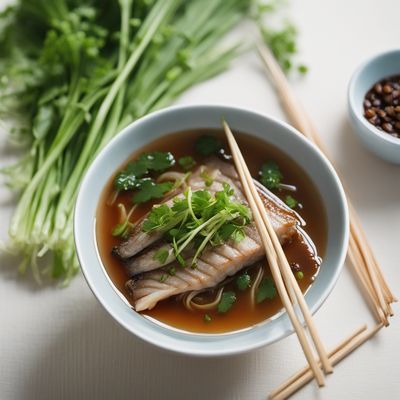
Northeastern Chinese Style Aberaeron Broth
Hearty and Spicy Fish Broth with Chinese Flavors
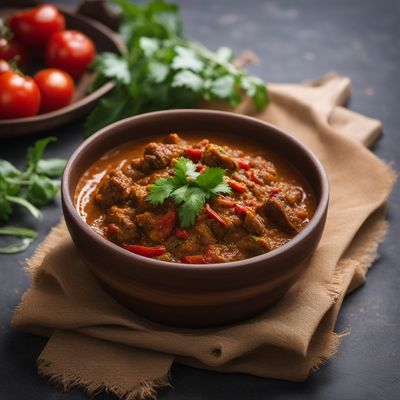
Andhra-style Raw Banana and Meat Curry
Spicy and Tangy Raw Banana and Meat Curry - A Delectable Andhra Delight

Caribbean-inspired Spicy Jerk Chicken Bánh Mì
Tropical Fusion: Spicy Jerk Chicken Bánh Mì with a Caribbean Twist